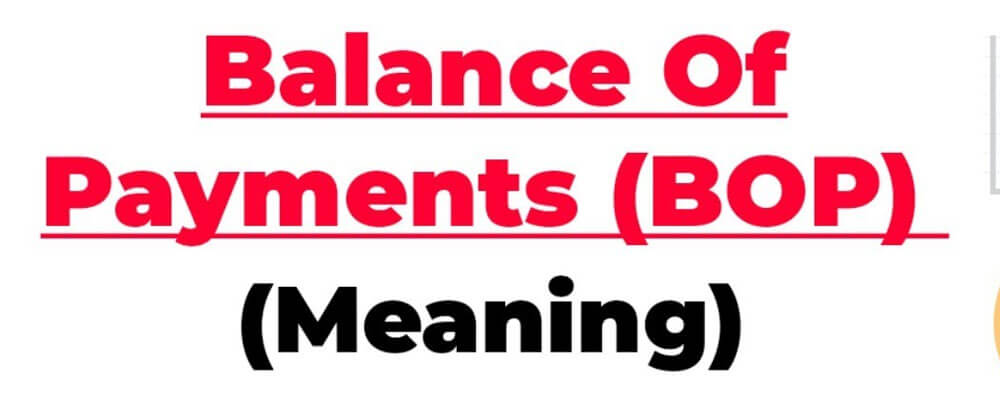Product mix pricing strategy is strategy which is use to set product prices. When the product is the component of product mix, the strategy for determining the price of product mostly changed.
In such situation, the business organization searches for a group of prices that maximizes the profits on entire product mix.
As different products have related costs and demand and deals with various degree of competition, therefore pricing is hard. Following are the 5 product mix pricing strategies you need to know while setting prices.
Table of Contents
ToggleProduct Mix Pricing Strategies with Examples
-
Product Line Pricing
Business organizations generally build product lines rather than single products. The management should make decision about price measures to determine between different products in a line, in product line pricing.
Read More: How to Set Pricing Strategy
The costs variations between the products in line should be taken into account while considering the price steps, along with the competitors’ prices and customer measurements of their various characteristics.
Well-build price points for the products in their line are used by sellers in many industries. The sellers’ duty is to make perceived quality variations that back up the price variations.
-
Optional- Product Pricing
Optional product pricing is used by many business organizations which mean offering to sell accessory or optional products along with their major products.
For example, a car purchaser may select to order cruise control, power windows and a CD changer. Pricing these options is a gummy trouble. Automobile business organizations determine that which component should be added to the base price and which one should be offered as options.
The economy model was stripped of too much conveniences and comfort that increased number of purchasers refuses it, until recent years.
-
Captive-Product Pricing
Captive product pricing is used in case when business organizations manufacture products that must be utilized along with the major products.
Examples of captive products include camera film, computer software, razor blades and video games. Manufactures of the major products mostly price them less and determine increased markups on the supplies.
Hence, the price of camera is priced less by the producers because they create their money on the film it sells. This strategy is called two-part pricing in case of services.
Read More: Process of New Product Development
The service’s price is split into two categories which are fixed fee and variable usage rate. Hence, a monthly fee is charged by Telephone Company which is referred to as fixed fee and charges for calls beyond some minimal numbers referred to as variable usage rate.
It should be decided by the service firm that to what portion charge for fundamental service and to what portion for the variable utilization.
The fix amount should be lesser enough so that service usage can be induced and profit should be creating on the variable fees.
-
By-Product Pricing
There are mostly by-products in manufacturing petroleum products, processed meats, chemical and other products.
The pricing of the major product is influenced when the by-products have no worth and disposing them of is too costly. Utilizing by-product pricing, the producer will search a market for these by-products and take any price that compensate more than the cost of delivering and storing them.
In order to make the major products more competitive, the sellers keep price of product reduced. In some cases by-products becomes profitable. Sometimes business organizations do not understand how worthy its by-products are.
-
Product Bundle Pricing
Sellers mostly unite many of their products and offer a bundle at a less price, by utilizing product bundle pricing. Hence, season tickets are sold at reduced amount than the cost of single ticket by sport teams and theaters.
Read More: Stages of Product Life Cycle
Similarly specially priced packages are sold by hotels in which meals, room and entertainment are included. Appealing software packages are offered by computer makers along with their personal computers.
Sales of products are promoted that the consumers otherwise not buy in case of price bundling. But the combined price should be reduced so that the customers are happy to purchase the bundle.












